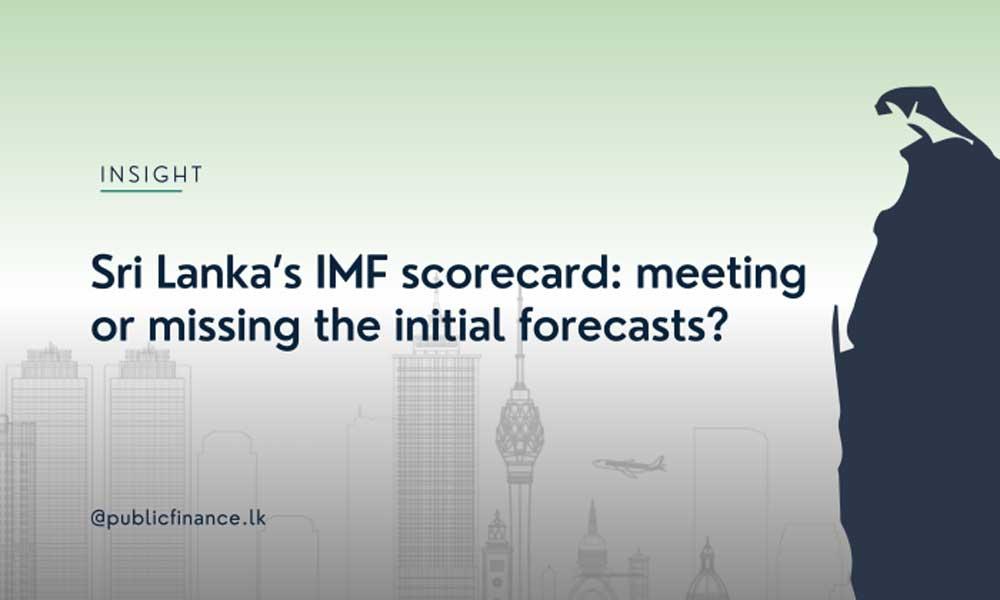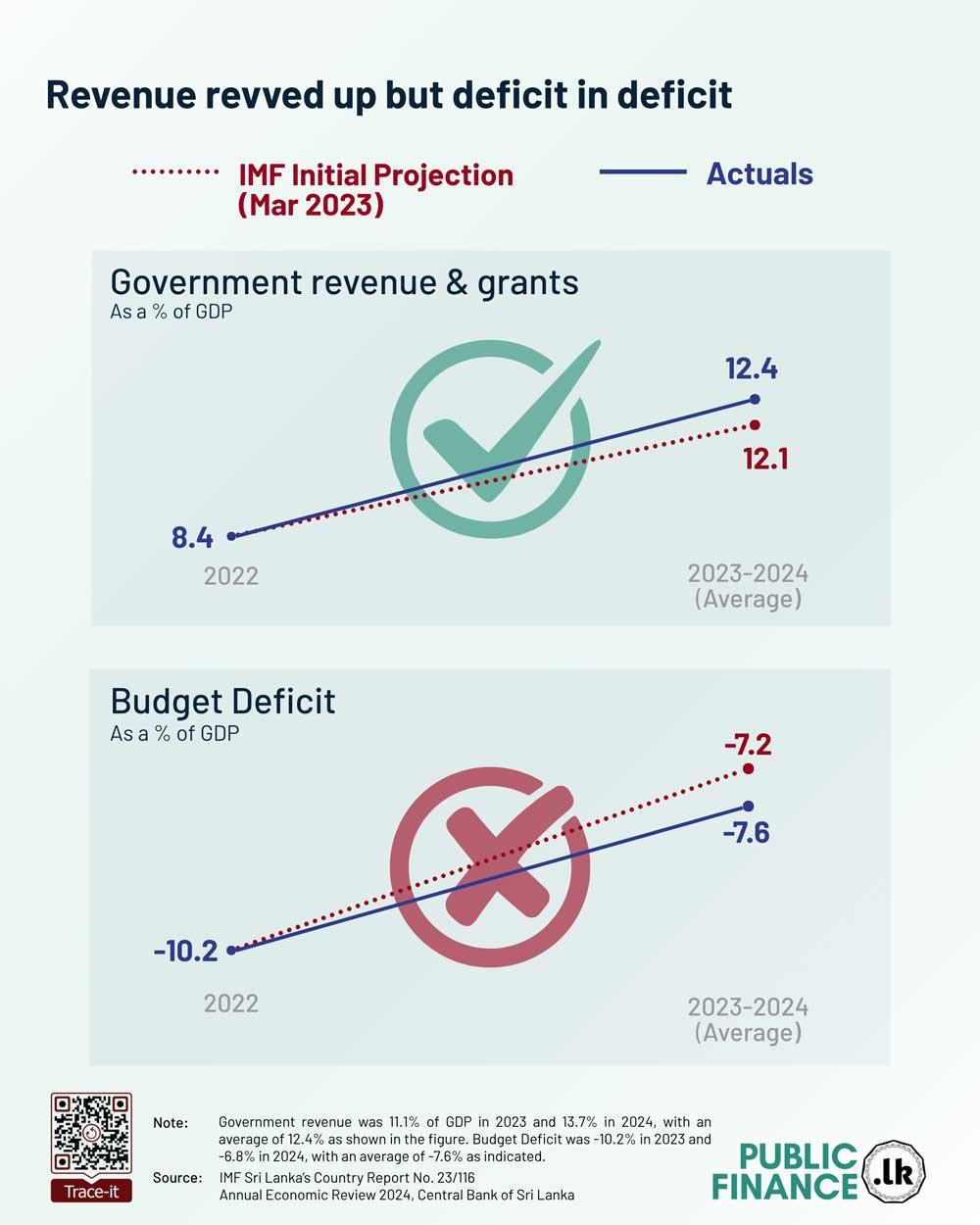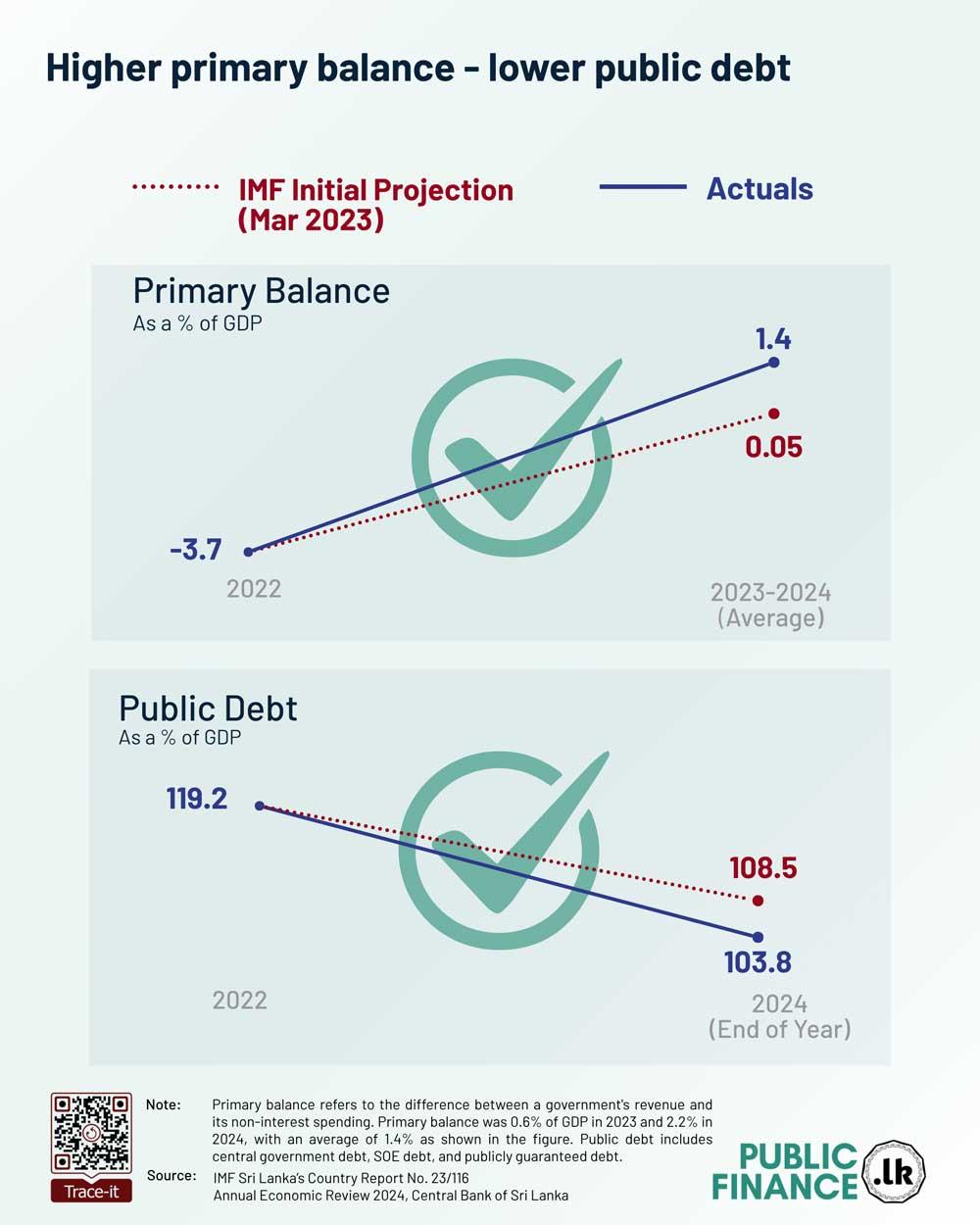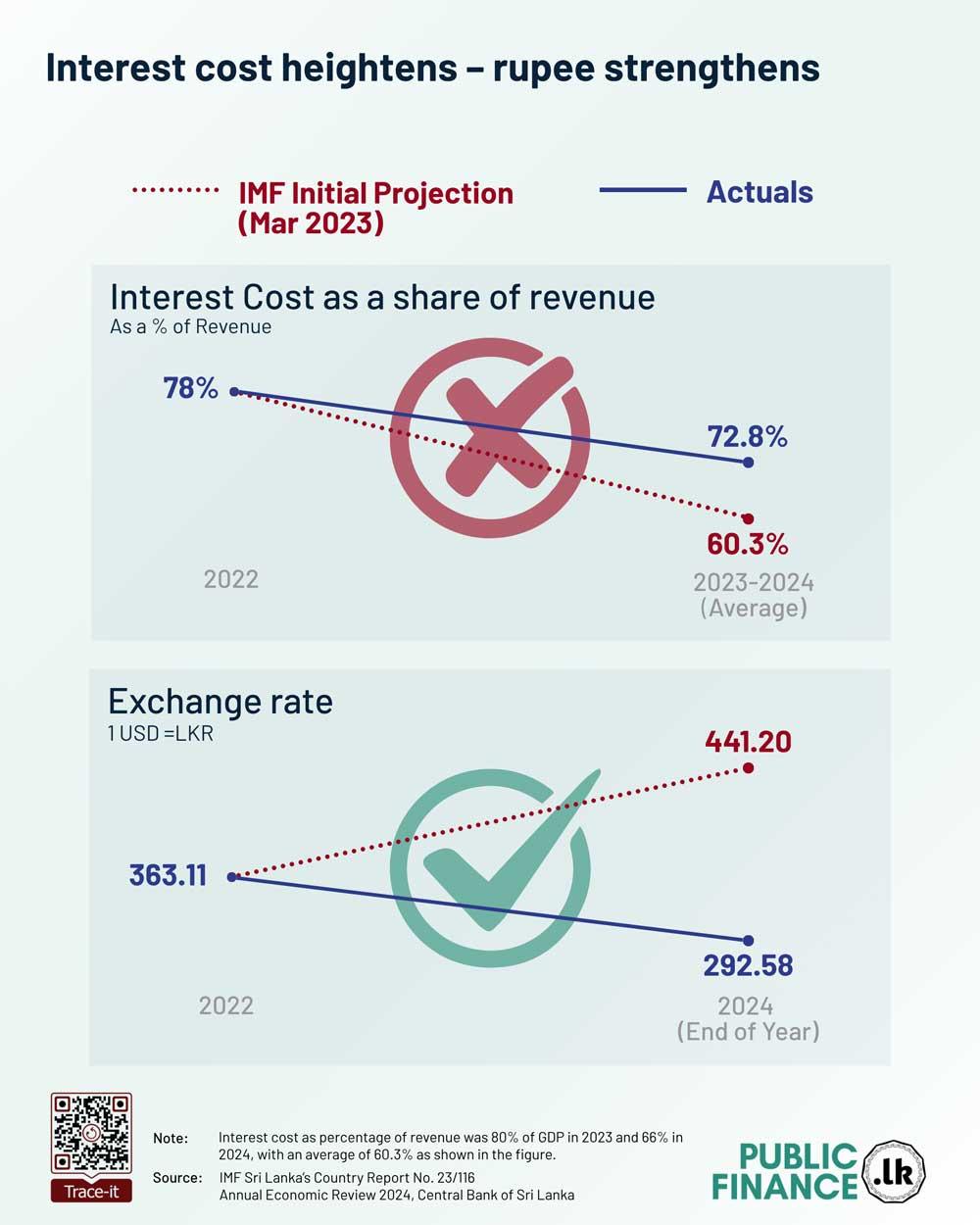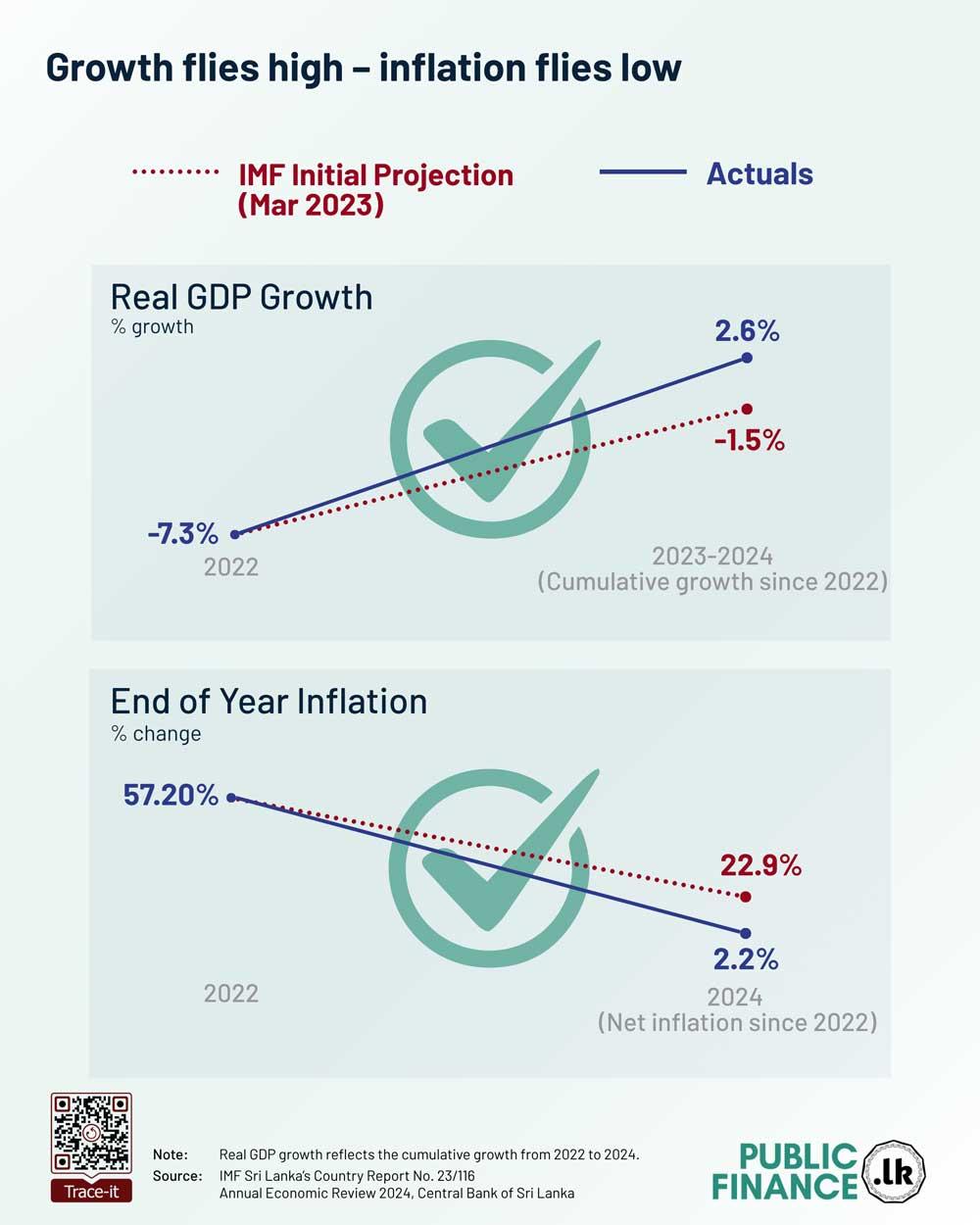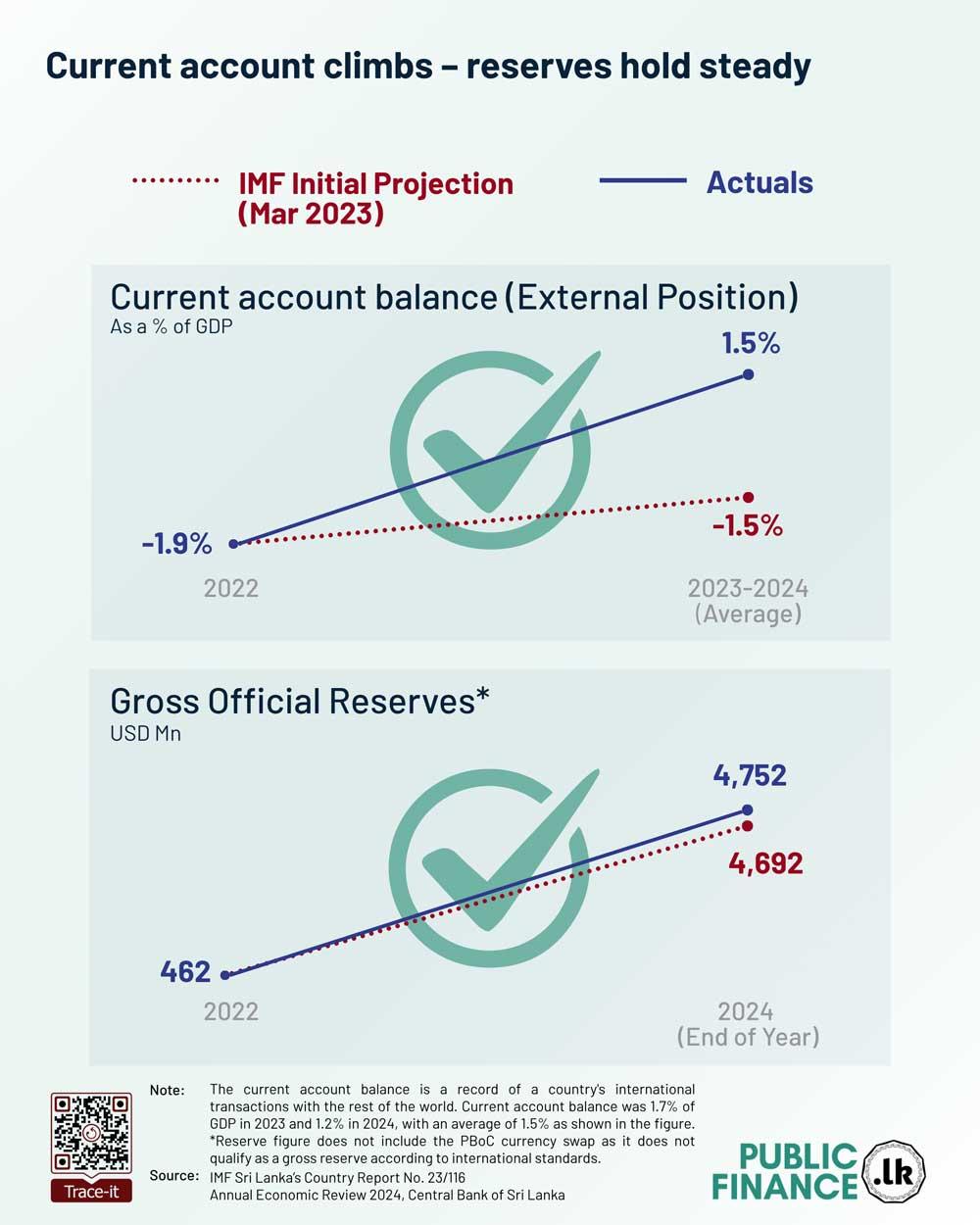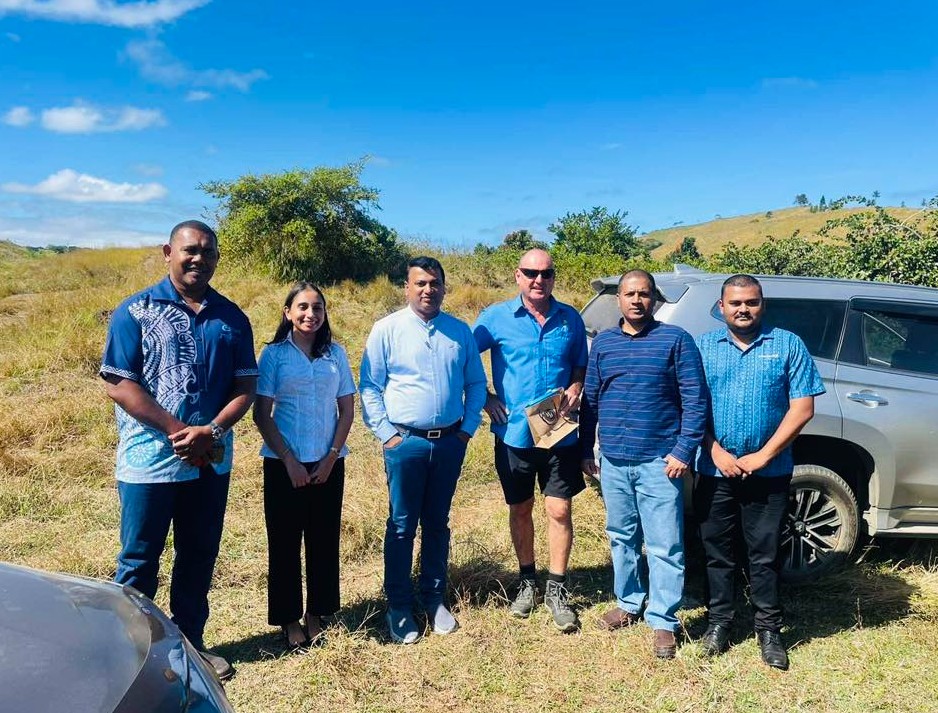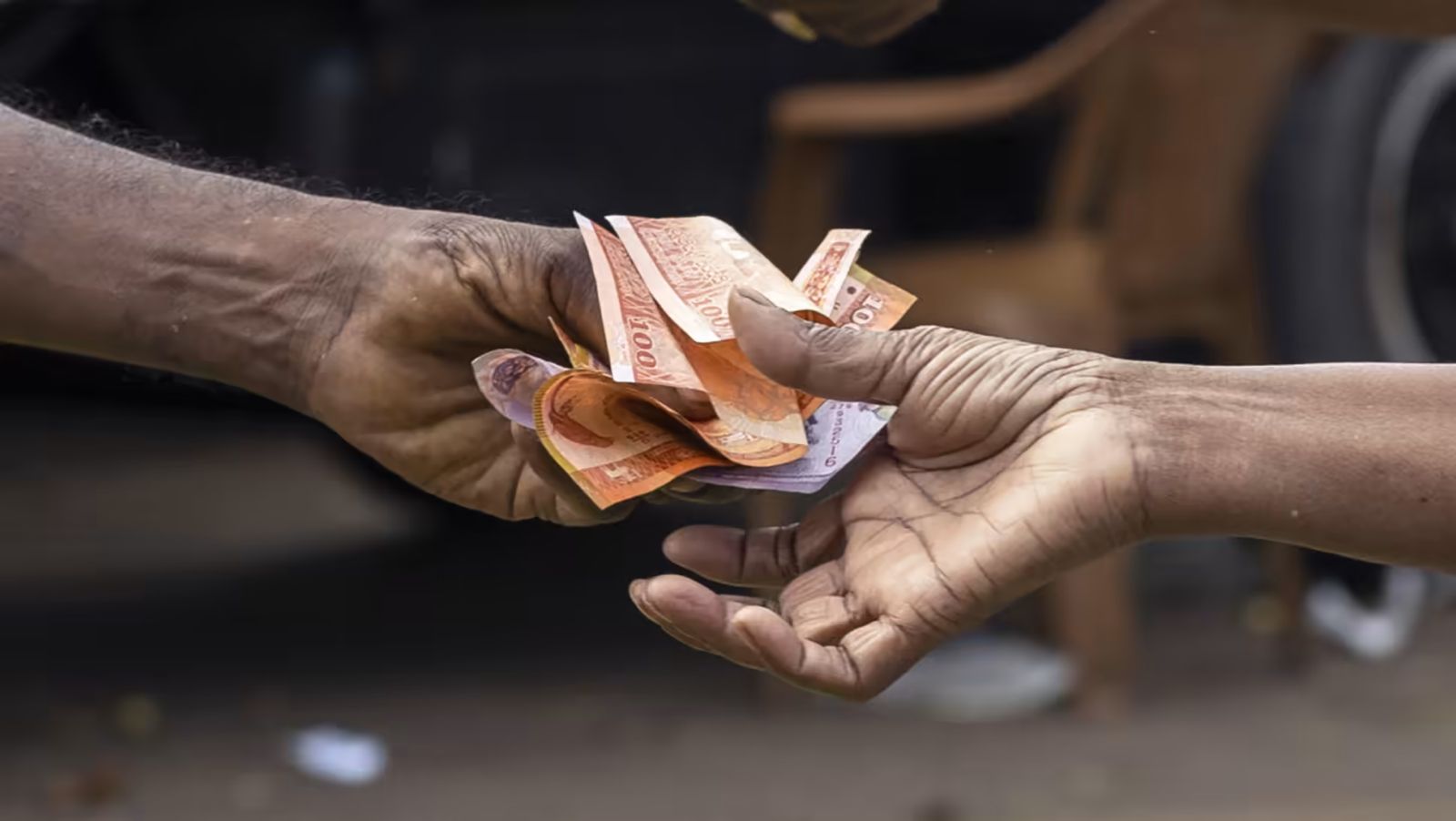Shenali D Waduge
The LGBTQIA+ ideology is not a natural or moral evolution — it is a Western-exported trend, heavily promoted by corporate agendas & hired media, foreign-funded activist networks, and Big Pharma & used by governments as a new geopolitical tool to collapse & weaken an enemy nation’s society. The objective is to confuse society and undermine national identity. By medicalizing childhood gender confusion, they create a new generation of lifelong patients — a new customer base for life. This ideology demands that society rewrite facts, morality, education, and family laws — to suit some newly created personal feelings and sexual preferences. Critics link this to a global depopulation agenda, as seen in the dramatic collapse of marriages, pregnancies, and birth rates across Western countries. The goal now is to export the same trend to Asia and Africa.
Critics also question why this ideology is not being forced on Muslim-majority nations, while the UN system violates its own pro-life, pro-biological family, and child protection ratified mandates to push LGBTQIA+ legalization in countries like Sri Lanka through unratified bullying.
Most dangerously, it targets children through foreign aid, funding, and curriculum changes — to confuse them about their biological sex, normalize deviant behaviors as freedom,” and suppress religion, patriotism, and morality. A new set of NGOs are already at work now that their terrorist project is over.
Unlike terrorism, it cannot be fought with weapons — because it transforms its victims into lifelong believers & eventual sufferers. Their minds are conditioned, their bodies are altered, and many become too ashamed to return to normal life, fearing judgment or not wanting to admit they were misled.
This issue is of deep political significance, as the collapse of an entire society is at stake if this ideological virus is allowed to spread.
It is no coincidence that what was once rightly classified as a mental disorder was suddenly rebranded as normal” — not through scientific discovery, but through relentless lobbying, political pressure, heavily funded media campaigns, hired activists and vested agendas.
Therefore, Sri Lankan parents, teachers, religious leaders & policy-makers must clearly understand what is at stake & join to protect society from the spread of this LGBTQIA ideology virus.
If left unchecked, LGBTQIA+ ideology will:
- Erase traditional values and morality
- Confuse children about their identity and biology
- Undermine religion, family, and social stability
- Open the door to legalizing paedophilia, incest, and dangerous ideologies
- Impact a nation’s population, family lineage, and ultimately threaten the future of mankind
Understanding these false claims — and rejecting them with facts and faith — is now a duty. We must all come forward to protect our country, culture, and future generations.
A. Truth About Gender & Identity
- LGBTQIA+ Claim: Gender is a spectrum, not binary.”
Claim: They say a person can be male, female, both, neither, or something else entirely — and that gender is fluid (can change)
- Scientific:This is false. Human beings are biologically male (XY) or female (XX). Intersex conditions are rare birth disorders — not a third gender.
• Religious: All faiths teach that humans are created male or female — not a mix.
• Social: Our constitution, laws, schools, hospitals, sports, and society function on the biological male/female model. Confusing this, damages all systems.
Biology isn’t a mood — it’s a fact.”
- LGBTQIA+ Claim: Trans women are women.”
Claim: A man who feels like a woman and changes his name, appearance, or body should be legally accepted as female.
- Scientific:A biological male remains male — DNA and body structure do not change, whatever surgery or hormonal medications are taken.
- Religious:Trying to change one’s sex is an act of rejecting God’s creation and purpose.
• Social: This threatens women’s & children’s rights in sports, bathrooms, schools, and shelters by letting biological males enter female-only spaces.
You can’t rewrite DNA with feelings.”
- LGBTQIA+ Claim: Let people self-ID their gender legally.”
Claim: A person should be allowed to choose their legal gender — even without medical or physical changes — based only on how they feel.
- Scientific:Feelings change every second. But biological sex is permanent. Legal identity should be based on facts, not emotions.
- Religious:Our identity is God-given — not something we make up for ourselves. We are born for a reason – that is to continue mankind.
- Social:Legal gender self-ID invites fraud, false claims, and even national security risks (e.g., men entering women’s prisons or schools, committing crimes & changing gender).
Feelings change. Biology doesn’t.”
- LGBTQIA+ Claim: Sex is assigned at birth.”
Claim: They argue doctors assign” sex to babies at birth.
- Scientific:Sex is determined at conception and clearly observable at birth — it is not assigned” like a label. Doctors have no authority to assign sex.
- Religious:Male and female were created for a purpose — including family and reproduction.
• Social: Denying sex confuses medical records, education, and future generations. It also undermines society’s moral structure.
Biology defines sex, not belief.”
- LGBTQIA+ Claim: Allow legal ‘third gender’ or ‘X’ categories.”
Claim: There should be a legal category for people who don’t feel fully male or female — like nonbinary” or X.”
- Scientific:There is no biological third sex. X” is a made-up identity with no medical or scientific foundation.
- Religious:No religion recognizes a third gender created by God.
- Social:This causes legal confusion, weakens women’s rights, and opens dangerous loopholes.
Science confirms only two sexes — no third exists.”
- LGBTQIA+ Claim: All identities are equally valid.”
Claim: All gender and sexual identities (including nonbinary, asexual, genderfluid, pansexual, etc.) should be treated as valid as male and female.
- Scientific:Identity must be based on biology, not feelings or online trends. Not all claims have scientific merit.
- Religious:Not every behavior is acceptable just because someone desires it — morality has limits.
• Social: Giving legal or social recognition to all identities — even unstable or harmful ones — causes chaos and removes the meaning of truth.
No gene defines identity — it’s shaped by life.”
B. LGBTQIA+ Demands on Law & Identity
- LGBTQIA+ Claim: We are born this way.”
Claim: LGBTQIA+ activists say their feelings and identities are natural and unchangeable — like skin color or height.
Scientific: No gay or trans gene has been found. Research shows social, family, and environmental factors often influence these feelings.
Religious: Feelings are not facts. All religions teach that we must control desires, not obey them.
Social: If law and society are forced to follow personal feelings instead of facts, workplaces, schools, and institutions will collapse. Anyone could demand legal rights for any feeling — even harmful ones.
Born male. Born female. No one is born LGBTQIA+.”
Sex is inborn — identities evolve.”
- LGBTQIA+ Claim: Ban conversion therapy.”
Claim: They want to ban all counseling, therapy, or religious help that supports people to leave LGBTQIA+ lifestyles.
Scientific: Many people freely choose therapy to return to normal relationships. Ethical, voluntary talk therapy is not abuse.
Religious: All major religions promote repentance and inner change. Banning such help is a violation of religious freedom.
Social: People must be allowed to walk away from LGBTQIA+ if they want to. Legalizing one view must not silence others.
You choose your identity — I choose not to agree.”
- LGBTQIA+ Claim: Trans men can get pregnant.”
Claim: A woman who calls herself a man but keeps her female body parts can still become pregnant — so they say men can give birth.”
Scientific: Only females can get pregnant. Calling a pregnant woman a man” is false and dangerous.
Religious: A name or costume cannot change divine design. God created two distinct sexes for life and family.
Social: Using terms like birthing people” erases the beauty and dignity of motherhood. It insults mothers and confuses children.
Birth needs biology, not ideology.”
Labels can’t carry life.”
Mothers aren’t made by identity.”
- LGBTQIA+ Claim: Same-sex couples should adopt or use surrogacy.”
Claim: They say love makes a family,” so two men or two women should be allowed to raise children.
Scientific: Decades of child psychology prove that children do best with both a mother and a father.
Religious: Children are not experiments’ for adult sexual fantasies or adult accessories. They are a sacred trust — born from natural family.
Social: Surrogacy often abuses poor women and treats babies like products. There are rising cases of abuse and paedophilia — legalizing this removes protections for children. Studies in India and Ukraine show increased exploitation of low-income women through commercial surrogacy arrangements.
Two dads or two moms can’t replace
parents who are a mother & a father.”
Kids need more than love – they need balance & structure”
Every child deserves a mother and a father — not substitutes.”
- LGBTQIA+ Claim: Pride is the new civil rights movement.”
Claim: LGBTQIA+ activists compare their struggle to those of black people, disabled persons, and women.
Scientific: Race and disability are unchangeable and not based on behavior. LGBTQIA+ identities are about choices and desires.
Religious: Fighting for sin is not the same as fighting for justice.
Social: This false comparison insults real civil rights struggles and confuses the meaning of equality.
Civil rights don’t cover sexual preference.”
Rights don’t reward behavior”
Rights are for who you are — not what you do.”
C. LGBTQIA+ Influence on Children & Education
- LGBTQIA+ Claim: Teach LGBTQIA+ content in schools.”
Claim: LGBTQIA+ activists say that students must be taught about gender identity, same-sex relationships, and sexual rights — starting from primary school (from age 5 onwards)
- Scientific:Early sexual content confuses children and can harm their mental and emotional development. Studies show overexposure to such topics increases anxiety and identity confusion and encourages them to experiment at unhealthy age.
- Religious:Children must be guided in innocence and purity — not exposed to adult content. Religious values prioritize protection of young minds.
- Social:Parents — not activists — must decide what their children learn. No minority group should dictate school curriculums, especially when these confuse or contradict cultural values and why should shifting confused sexual feelings be forced as curriculum on children. Let children be children. They must enjoy their childhood – not be taught adult content
Let kids be kids — not social experiments.”
Teach values, not ideologies.”
Hands off childhood.”
- LGBTQIA+ Claim: Children should explore their sexuality freely.”
Claim: Activists promote the idea that children should discover” their gender and sexuality without restriction, and that adult guidance is oppressive.”
- Scientific:Children’s brains are still developing. They lack the maturity for complex sexual decisions. Promoting exploration without boundaries risks irreversible psychological & even physical harm.
- Religious:Children are entrusted to parents to be nurtured in virtue, discipline, and faith — not handed over to sexual experimentation.
- Social:This opens the door to grooming, sexualization of minors, and the erosion of child protection laws. Moreover, it takes away the child’s right to be a child & for parents to decide how their children should be raised
Childhood is for growing, not grooming.”
Guide children — don’t confuse them.”
Kids need clarity, not chaos.”
- LGBTQIA+ Claim: Allow minors access to gender-affirming care.”
Claim: Children who identify as trans should be allowed to take puberty blockers, hormones, or even undergo surgery — without parental consent.
- Scientific:These treatments cause permanent damage to the body and brain. Puberty blockers affect bone growth, fertility, and brain development. Many regret such decisions later in life.
- Religious:Mutilating the body is a violation of divine trust. Faith teaches healing — not harming — the body.
- Social:Children cannot give informed consent. When even many adults are confused about their sex, how can a child be expected to decide?
children can’t consent for irreversible change”
children can’t be asked to make adult decisions”
stop treating kids like adults”
D. LGBTQIA+ Attacks on Religion and Morality
- LGBTQIA+ Claim: Religious opposition is hate speech.”
Claim: They argue that religious teachings against LGBTQIA+ behavior are hateful and should be censored.
- Scientific:Disagreeing with a behavior or identity is not hate. Free inquiry, open debate, and the right to disagree are essential for science, democracy, and human dignity.
- Religious:All major faiths speak of truth with love — disapproval of sin is not hatred but moral responsibility.
- Social:Silencing religion violates freedom of conscience and expression. It creates an intolerant society where only one ideology is allowed.
Morality isn’t hate — it’s society’s backbone.”
- LGBTQIA+ Claim: Pride Parades and drag shows are harmless celebrations.”
Claim: Activists insist that these events are joyful expressions of diversity and should be open to the public, even children.
- Scientific:These events often include hypersexualized performances, nudity, and adult themes — inappropriate for children and the public.
- Religious:Public displays of lust, vanity, and disorder are condemned in all major religions. Such events do not promote virtue or discipline. It normalizes immorality.
- Social:Such shows often violate public decency laws, expose children to adult content, and normalize indecency in public life.
Strip shows aren’t culture — they’re corruption.”
Protect childhood — ban public indecency.”
Adult acts don’t belong near children — full stop.”
- LGBTQIA+ Claim: Polyamory, kink, and sex work are identities too.”
BDSM stands for
B: Bondage – physical restraint (e.g., tying someone up)
D: Discipline – power exchange where one person controls or punishes the other
S: Sadism – gaining pleasure from inflicting pain
M: Masochism – gaining pleasure from receiving pain
BDSM often involves role-playing, dominance and submission, and pain-based stimulation — all of which are psychologically and physically risky, especially when promoted as normal” or introduced to children & youth.
While activists try to frame it as just another identity” or preference,” it has serious moral, spiritual, and mental health concerns, and should never be normalized in education, law, or by media (which we see being done even in Sri Lanka of late)
Scientific: These are behaviors — not identities — and often signal deeper psychological dysfunction.
• Religious: Lust, domination, and the use of others for pleasure violate all moral and spiritual teachings.
• Social: Promoting these as lifestyles” harms women, normalizes abuse, and destroys family values.
Note: Sri Lanka’s media (TV, print, and digital) must be monitored and held accountable if they promote such ideologies.
Trauma-based living isn’t a human right.”
Promoting identity is different from pushing ideology.
Let families choose values.”
- LGBTQIA+ Claim: Kink, fetish, and BDSM are healthy expressions of identity.”
Claim: Activists push that such practices are just part of adult freedom and deserve public recognition and legal protection.
- Scientific:Many of these behaviors originate from psychological trauma or abuse. They are at high risk of physical and mental self-harm.
- Religious:These behaviors glorify lust, domination, and pain — completely opposite to spiritual growth and virtue.
- Social:Mainstreaming such practices desensitizes society, especially children, to harmful sexual behaviors. It corrupts public morality, erodes family dignity, and misleads children and youth away from righteous living.
Pain isn’t love. Stop glamorizing abuse.”
Wounds aren’t freedom — they’re cries for help.”
Don’t call trauma a trend — it’s a warning sign.”
E. LGBTQIA+ Targeting of Language, Media & Institutions
- LGBTQIA+ Claim: Use our chosen pronouns — it’s respectful.”
Claim: Activists insist people must use preferred pronouns like they/them,” ze/zir,” or change pronouns based on how someone feels — even legally.
Scientific: Language must reflect reality. Pronouns are tied to biological sex. Forcing people to lie contradicts biology and logic. Even languages with strong gender rules — like French — are being pressured to adopt unnatural pronoun use, despite resistance from national language councils.
Religious: Truth in speech is a virtue. Using false words to affirm delusion or sin is dishonest — not compassionate.
Social: Forcing new language violates free speech and conscience. In schools and workplaces, it creates fear and censorship.
Forced speech isn’t respect — it’s control.”
Biology can’t be bullied by pronouns.”
Truth doesn’t change with mood swings.”
- LGBTQIA+ Claim: Language must be inclusive.”
Claim: Replace terms like mother,” father,” breastfeeding,” boy/girl” with terms like birthing parent,” chestfeeding,” or they/them” to avoid offending” nonbinary people.
Scientific: Changing biological terms erases facts. Only females give birth and breastfeed — not people.”
Religious: Language carries spiritual and familial value. Words like mother” or father” are sacred — not interchangeable.
Social: Redefining language confuses children, erases roles, and undermines the family unit — which is the foundation of every stable society.
Changing words won’t change the truth.”
Erase the words, erase the family.”
If moms become ‘birthing people,’ what’s next?”
- LGBTQIA+ Claim: Media must represent queer characters.”
Claim: TV, cartoons, books, and ads must include LGBTQIA+ characters to promote visibility.”
Scientific: Normalizing what is biologically abnormal, especially for children, influences identity formation and behavior prematurely.
Religious: Immorality disguised as entertainment is still immorality. Media should build virtue — not erode it.
Social: This isn’t representation — it’s forced cultural change. It marginalizes traditional families and values. Reducing parents to Mom 1 & 2” or Dad 1 & 2” erases natural family roles and distorts parenthood into bureaucratic labels.
Kids need role models, not confusion.”
Normalize virtue — not vanity.”
Forced diversity is ideological invasion.”
- LGBTQIA+ Claim: If you don’t support us, you’re phobic.”
Claim: They label any disagreement with LGBTQIA+ ideology as homophobic,” transphobic,” or hateful.”
Scientific: Disagreement is not fear or hate. Debate and dissent are essential in science and society.
Religious: Moral teachings are not hate. Every religion allows people to speak truth and oppose wrongdoing without hatred.
Social: These labels are tools to silence opposition. It shuts down open dialogue and punishes even polite disagreement.
Disagreement is not hate.”
Labeling dissent as ‘phobic’ kills dialogue.”
Truth isn’t fear — it’s resistance to lies.”
F. The Global Agenda & Legal Threats to Sri Lanka
- LGBTQIA+ Claim: International law requires decriminalization.”
Claim: Activists and UN bodies pressure countries like Sri Lanka to repeal laws on unnatural sexual acts, claiming it violates human rights.”
Scientific: There is no scientific basis for redefining morality or legality based on shifting sexual behavior. Legal systems must protect public health and social order — not endorse subjective feelings as rights.
Religious: Religious freedom allows countries to uphold moral laws. No external group has the right to dismantle religious or moral codes rooted in centuries of tradition.
Social: International pressure undermines national sovereignty. If laws are dictated by foreign agendas, Sri Lanka will lose its ability to protect its culture, children, and societal values.
We don’t take moral orders from the UN.”
Laws must reflect our people — not pressure.”
Global trends can’t erase local truths.”
- LGBTQIA+ Claim: Repealing Penal Code Sections 365/365A is necessary for equality.”
Claim: Foreign-funded NGOs and some legal bodies push to repeal these sections, arguing they criminalize consensual adult relationships.”
Scientific: These laws were updated in 1995 and 2006 specifically to protect children from abuse — including paedophilia and grooming. Repealing them creates legal gaps easily exploited by predators.
Religious: All faiths prohibit unnatural sexual acts. The law reflects collective moral conscience — not private lifestyles.
Social: Removing these laws sends a dangerous signal that anything is acceptable. It weakens child protection, opens doors to sexual exploitation, and erodes public morality.
Repeal 365A, and you repeal child safety.”
No equality if children are unsafe.”
Protecting kids must come before adult demands.”
- LGBTQIA+ Claim: International treaties require Sri Lanka to protect LGBTQIA+ rights.”
Claim: UN bodies cite international treaties like ICCPR, CEDAW, and CRC to argue that Sri Lanka is obligated to adopt LGBTQIA+ legal protections.
Scientific: None of these treaties were written with LGBTQIA+ ideology in mind. They were originally drafted to protect life, family, children, and biological rights. Their new interpretations violate the original ratified mandate. Unratified resolutions remain non-binding.
Religious: Misusing these treaties violates their original spirit, which aligns with religious and cultural preservation.
Social: Sri Lanka has no legal obligation to adopt Western ideologies incompatible with its Constitution or public will. Treaty interpretation cannot override a nation’s values, Constitution, or parental rights.
Signing a Treaty doesn’t mean surrendering our sovereignty.”
Our laws serve our people — not global agendas.”
Treaties can’t rewrite tradition.”
- LGBTQIA+ Claim: Foreign aid must promote inclusion.”
Claim: Foreign governments and UN agencies increasingly tie aid to LGBTQIA+ compliance — threatening to withhold support unless countries change their laws.
Scientific: Aid should address humanitarian needs — food, health, education — not be weaponized for social engineering.
Religious: Using aid to force countries to abandon moral law is ideological colonization.
Social: This is blackmail. True development cannot come by sacrificing national values. Sri Lanka must reject conditional aid that demands moral surrender.
Bribes wrapped in aid betray the nation.”
We don’t trade values for dollars.”
Real aid respects — it doesn’t dictate.”
Sri Lanka is under ideological attack — not with bombs, but with policies, funding, and false rights.
The global LGBTQIA+ agenda uses law, media, aid, and treaties to infiltrate and weaken nations. It is the duty of every Sri Lankan — lawmakers, clergy, parents, and teachers — to resist this colonization of the mind.
G. The Path Forward: Protecting Sri Lanka’s Future
- Sri Lanka must conform to global human rights norms.”
Claim: Some argue that resisting LGBTQIA+ ideology isolates Sri Lanka internationally and harms its reputation.
Scientific: True human rights protect life, family, and children — not experimental ideologies that contradict biology and social stability.
Religious: Sri Lanka’s rich spiritual heritage calls for upholding moral truths, not adopting foreign values that undermine faith and family.
Social: Sovereignty means choosing laws and values that reflect the will of the people, not bowing to external pressures or trends.
Human rights must respect Sri Lanka’s sovereignty.”
Global norms can’t override our national truth.”
Respect Sri Lanka’s culture — not foreign agendas.”
Rights rooted in tradition, not imposed from abroad.”
- Education should be neutral and inclusive.”
Claim: Education systems must teach acceptance and diversity, including LGBTQIA+ perspectives.
Scientific: Education must be age-appropriate and fact-based, preserving childhood innocence and mental health. Indoctrinating ideology confuses children and disrupts learning.
Religious: Moral education rooted in faith and tradition strengthens character and community cohesion.
Social: Parents have the primary right to guide their children’s moral and social development — not activists or foreign donors.
Education must teach Truth not Trends.”
Inclusive yes, but never ideology-driven.”
Teach facts, not agendas.”
- Dialogue and compromise are possible.”
Claim: Peaceful coexistence with LGBTQIA+ ideology can be achieved through compromise.
Scientific: Normalizing harmful or false ideas undercuts societal health and stability. Falsehood cannot be compromised.
Religious: Truth is non-negotiable in faith. Upholding moral law protects all.
Social: Society must protect vulnerable groups like children and women first — not compromise foundational values for ideological convenience.
Harmful behavior & Falsehoods have no place for compromise.”
Sri Lanka stands at a crossroads.
Protecting our nation requires courage, wisdom, and unity. Every citizen, leader, and institution must actively defend the truth about biology, morality, and family.
Together, we must:
- Safeguard childhood innocence and education
- Uphold laws protecting families and children
- Preserve religious freedom and cultural identity
- Reject foreign ideologies that threaten our social fabric
The future of Sri Lanka — our families, communities, and nation — depends on informed, steadfast action today.
Shenali D Waduge
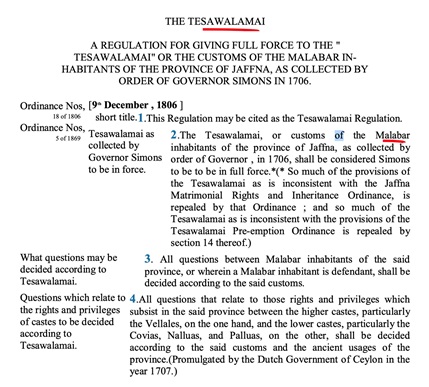
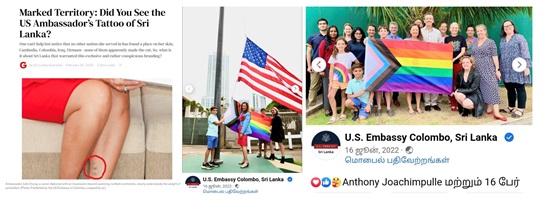


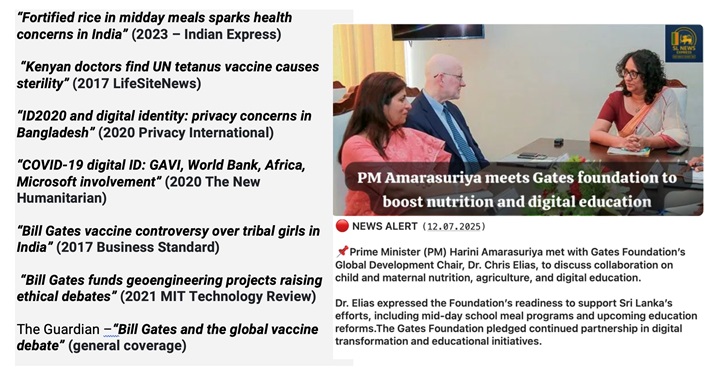


 Sri Lanka’s economic future is being quietly reshaped beneath the surface of fiscal targets and IMF scorecards. As an 18% VAT on digital services takes effect and currency depreciation alters domestic cost structures, a deeper economic realignment is underway. While headline reforms focus on debt restructuring and public finance, the true fault lines lie in managing domestic and external balance sheets separately. Without addressing this dual challenge, the country risks building an economy that appears balanced on paper but remains vulnerable in substance, undermining innovation, trade competitiveness, and long-term resilience.
Sri Lanka’s economic future is being quietly reshaped beneath the surface of fiscal targets and IMF scorecards. As an 18% VAT on digital services takes effect and currency depreciation alters domestic cost structures, a deeper economic realignment is underway. While headline reforms focus on debt restructuring and public finance, the true fault lines lie in managing domestic and external balance sheets separately. Without addressing this dual challenge, the country risks building an economy that appears balanced on paper but remains vulnerable in substance, undermining innovation, trade competitiveness, and long-term resilience.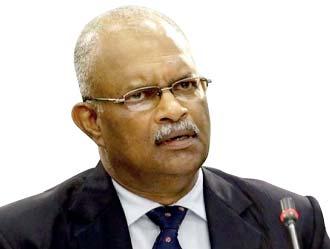 Director CID Shani Abeysekera
Director CID Shani Abeysekera
